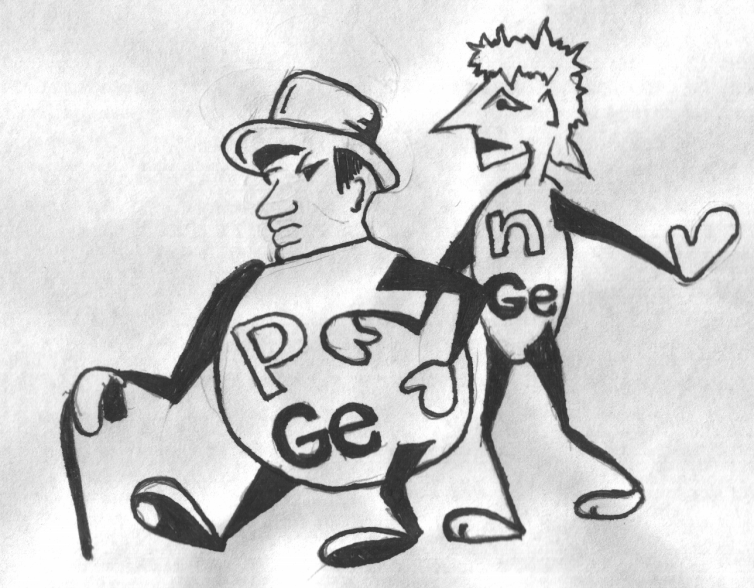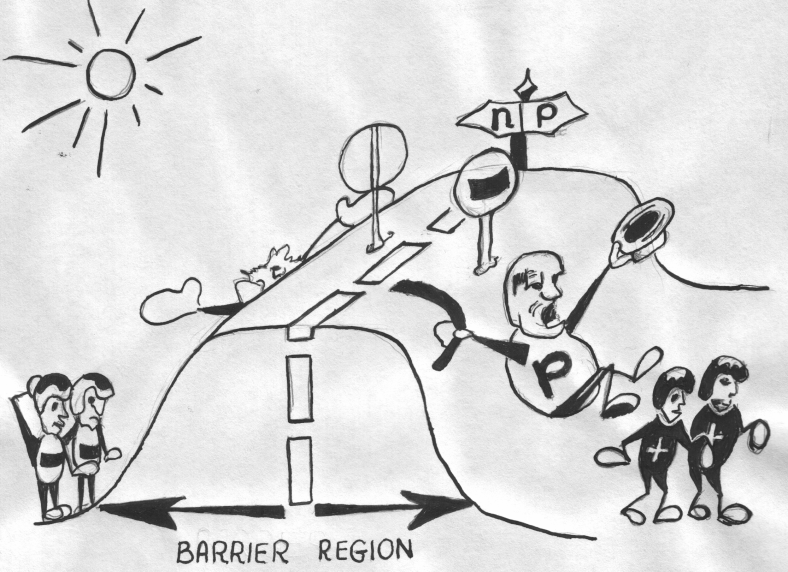
- •Unit 10
- •(II) If-clause (If I determined …, it would occur … )
- •I wish I determined…
- •I wish I had designed…
- •Fill in the table
- •Put the verbs in brackets into the correct form.
- •Write a sentence with if … for each situation.
- •Write sentences beginning I wish…
- •Write your own sentences beginning I wish…
- •Put in wish(ed) or hope(d).
- •What do you say in these situations? Write sentences with I wish … would …
- •Are these sentences right or wrong? Correct them where necessary.
- •Put the verb into the correct form.
- •Translate the following international words without a dictionary.
- •Read and translate word-combinations.
- •Start from the first component.
- •Start from the second component.
- •Match the following word-combinations with their translations.
- •Translate word-combinations.
- •Choose as many words from the table of exercise 1 as you can and form sensible sentences.
- •Read the text “The p-n Junction”. Mark the following sentences as true (t) or false (f).
- •Read the text “The p-n Junction”. Mark the following sentences as true (t) or false (f).
- •Fill in the gaps in the sentences.
- •Refresh the text “The p-n Junction“ in your memory and answer some questions.
- •Summarize the text “The p-n Junction” in 150 words using the following plan:
- •Translate the text about Semiconductor Device Simulator with a dictionary in writing guessing the meaning of international words. Abstract
- •Speaking
- •Draw a picture of a p-n junction in your own interpretation and describe it.
- •Act as an interpreter. Translate the description of the p-n junction given by your group mate from English into Russian.
- •Divide into two groups. Group a translates text a “The p-n Junction”, group b translates text b “Joining p- and n-Type Germanium” with a dictionary in writing. Text a
- •Text b Joining p- and n-Type Germanium
- •Make a summary in Russian of the text you haven’t read.
- •Serve as a simultaneous interpreter of the summary stated above.
Speaking
Draw a picture of a p-n junction in your own interpretation and describe it.
Start your description like this:
This plane AB is the P-N junction.
Act as an interpreter. Translate the description of the p-n junction given by your group mate from English into Russian.
Divide into two groups. Group a translates text a “The p-n Junction”, group b translates text b “Joining p- and n-Type Germanium” with a dictionary in writing. Text a
The P-N Junction
If the crystal was neutral before diffusion took place, it must be neutral afterwards. Further, because both regions were also originally neutral they must contain equal and opposite charges after diffusion. These charges have an attractive electric force between them and are not able to diffuse away from the vicinity of the junction . The two charges are concentrated immediately adjacent to the junction, and produce a potential barrier across the junction.
The polarity of the potential barrier is such as to oppose the further diffusion of majority charge carriers across the junction, but to aid the movement of minority charge carriers; this gives rise to a minority charge carrier current in the opposite direction to the diffusion current.
The difference in potential from one side of the junction to the other is called the height of the potential barrier and is measured in volts. The height of the potential barrier attains such a value that the majority charge carrier (diffusion) currents and minority charge carrier current are equal and so the net current across the junction is zero. Any charge carriers entering the region on either side of the junction over which the barrier potential is effective are rapidly swept out of it, and hence this region is depleted of charge carriers.
Text b Joining p- and n-Type Germanium
Like N-type germanium, P-type germanium is also electrically neutral (Fig. 1).
When N-type germanium and P-type germanium are joined some electrons and holes combine at the junction. In the region of the junction, N-type germanium loses some of its electrons. Thus, it is no longer neutral in this area; it now has a positive charge. The electrons it loses, combine with holes from P-type germanium at the junction. The P-type germanium becomes negative. The majority carriers have combined at the junction, leaving charged atoms (ions) in the area near the junction. A potential difference (of the order of several tenths of a volt) exists between the N- and P-type germanium ions. If more electrons try to move from the N-type to the P-type, they are stopped by the negatively charged ions in the P-type germanium near the junction (Fig. 2). In a similar fashion holes from the P-type are prevented from crossing the junction by the building up of positively charged ions in the N-type germanium. The net effect of this action is to set up a barrier voltage that prevents further combination of electrons and holes. The area in which this voltage exists is called the barrier region.
|
|
Fig. 1 Doped germanium is electrically neutral |
Fig. 2 Electrons are stopped near the junction |


